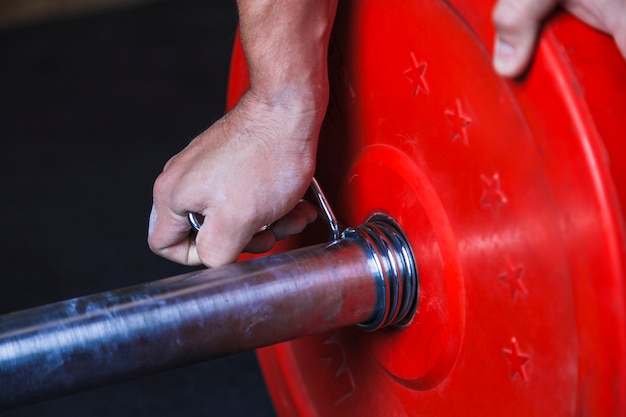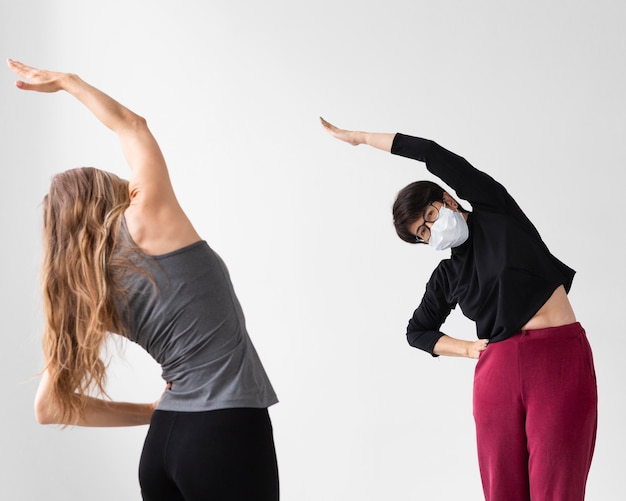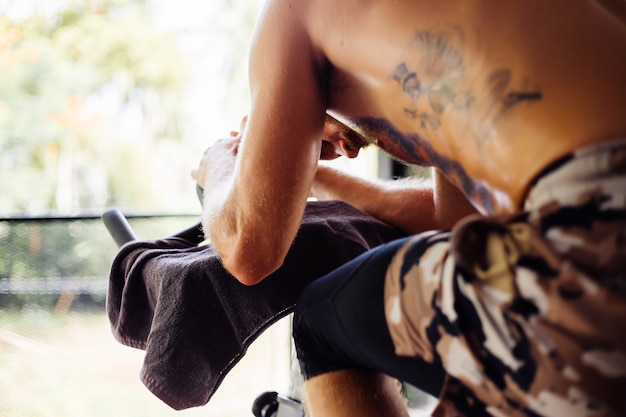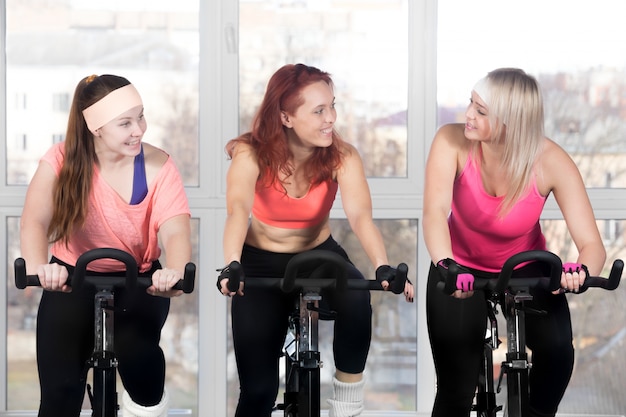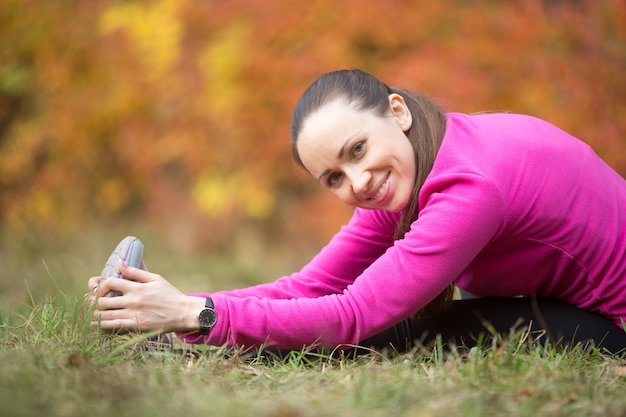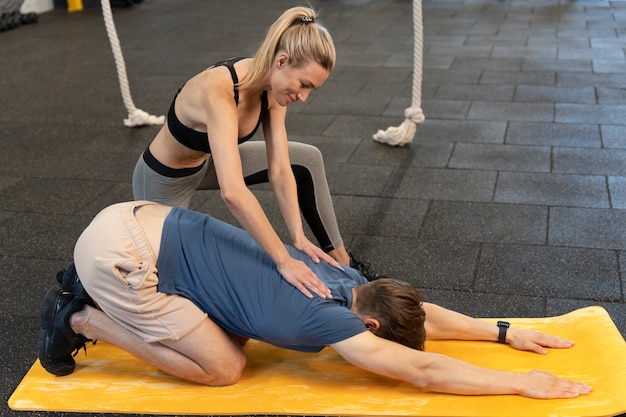25 Science-Backed Active Recovery Strategies to Boost Flexibility Safely for People with Hypertension
Maintaining flexibility is essential for overall mobility, joint health, and injury prevention—especially for individuals managing hypertension. High blood pressure affects millions worldwide and can limit certain types of physical activity. However, active recovery techniques offer a safe, effective way to improve flexibility without spiking blood pressure. This guide explores 25 evidence-based methods that support flexibility while prioritizing cardiovascular safety.
What Is Active Recovery?
Active recovery involves low-intensity physical activities performed after exercise or on rest days to enhance circulation, reduce muscle stiffness, and promote healing. Unlike passive rest, it keeps the body gently moving, which helps clear metabolic waste and increases blood flow without overexertion—ideal for people with hypertension.
Why Flexibility Matters for Hypertensive Individuals
Stiff muscles and restricted joints can contribute to poor posture, reduced circulation, and increased physical stress—all of which may indirectly affect blood pressure. Regular flexibility training improves vascular function, reduces sympathetic nervous system activity, and supports better breathing patterns, all of which contribute to more stable blood pressure levels.
25 Active Recovery Techniques to Increase Flexibility
- Static Stretching (Post-Workout): Hold stretches for 20–30 seconds per muscle group. Focus on major areas like hamstrings, calves, and shoulders. Why it works: Improves muscle length and reduces post-exercise tension without elevating heart rate.
- Dynamic Stretching (Morning Routine): Perform controlled leg swings, arm circles, and torso rotations. Why it works: Prepares muscles for movement and enhances joint range of motion safely.
- Walking at a Leisurely Pace: 15–20 minutes post-exercise. Why it works: Promotes blood flow to muscles, aiding recovery and reducing stiffness.
- Yoga (Gentle or Restorative Styles): Focus on poses like Child’s Pose, Cat-Cow, and Seated Forward Bend. Why it works: Combines stretching with breath control, helping lower blood pressure and improve flexibility.
- Tai Chi: Practice slow, flowing movements for 20–30 minutes. Why it works: Enhances balance, joint mobility, and relaxation response—ideal for blood pressure control.
- Swimming or Water Walking: Low-impact resistance in warm water. Why it works: Buoyancy reduces joint stress while water resistance gently strengthens and stretches muscles.
- Self-Myofascial Release with Foam Rolling: Use light pressure on quads, back, and calves. Why it works: Releases muscle tightness and improves tissue elasticity without strain.
- Deep Breathing Exercises: Practice diaphragmatic breathing for 5–10 minutes. Why it works: Activates the parasympathetic nervous system, reducing stress hormones that can tighten muscles.
- Cycling at Low Resistance: 15–20 minutes on a stationary bike. Why it works: Keeps legs moving to prevent stiffness while maintaining cardiovascular safety.
- Stretching with Resistance Bands: Use bands for assisted hamstring or shoulder stretches. Why it works: Provides gentle tension to deepen stretches safely.
- Postural Awareness Drills: Practice sitting and standing with neutral spine alignment. Why it works: Corrects muscle imbalances that restrict flexibility.
- Warm Epsom Salt Baths: Soak for 15–20 minutes. Why it works: Magnesium in Epsom salts may support muscle relaxation and reduce soreness.
- Massage Therapy (Light to Moderate Pressure): Focus on major muscle groups. Why it works: Increases circulation and reduces muscle tone, enhancing flexibility.
- Standing Calf Stretches Against a Wall: Hold for 30 seconds per leg. Why it works: Targets tight calves, a common issue that affects gait and posture.
- Seated Forward Folds: Stretch hamstrings gently without forcing the movement. Why it works: Encourages lengthening of posterior chain muscles safely.
- Neck and Shoulder Rolls: Perform slowly in a seated position. Why it works: Relieves tension caused by stress, which can contribute to elevated blood pressure.
- Pilates (Beginner Level): Focus on core control and spinal mobility. Why it works: Builds strength and flexibility simultaneously with low cardiovascular demand.
- Walking Meditation: Combine mindfulness with gentle movement. Why it works: Reduces mental stress, which can manifest as physical tightness.
- Arm Across Chest Stretch: Improves shoulder mobility. Why it works: Counteracts stiffness from daily desk work or inactivity.
- Prone on Elbows (Cobra Lite): Gentle back extension stretch. Why it works: Opens the front body and improves spinal flexibility.
- Seated Spinal Twists: Enhances thoracic mobility. Why it works: Promotes better breathing mechanics and digestion, both important for blood pressure regulation.
- Legs-Up-the-Wall Pose: Lie on the floor with legs vertically against a wall. Why it works: Encourages venous return and reduces leg swelling, while gently stretching hamstrings.
- Hydration with Electrolyte Balance: Drink water with potassium-rich foods (bananas, spinach). Why it works: Proper hydration supports muscle elasticity and cramp prevention.
- Sleep Optimization (7–8 Hours): Prioritize consistent sleep patterns. Why it works: Tissue repair and muscle recovery peak during deep sleep, enhancing flexibility gains.
- Progressive Muscle Relaxation: Tense and release muscle groups sequentially. Why it works: Increases body awareness and reduces chronic muscle tension linked to stress and hypertension.
How to Adapt These Techniques
Individual responses vary. Start with 2–3 techniques per week. Monitor blood pressure before and after sessions. Avoid breath-holding, straining, or bouncing during stretches. If dizziness or chest discomfort occurs, stop immediately and consult a healthcare provider.
Final Thoughts
Improving flexibility through active recovery is not only achievable for people with hypertension—it’s highly beneficial. By choosing low-intensity, mindful practices, you support both musculoskeletal and cardiovascular health. Consistency, not intensity, is the key to long-term success.






